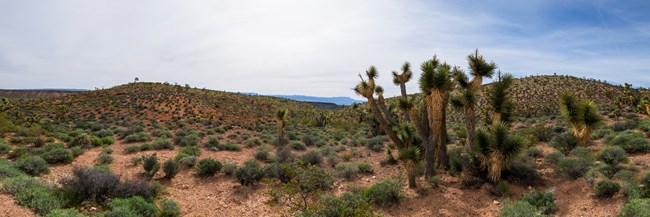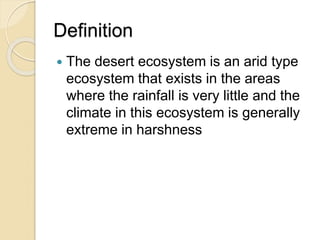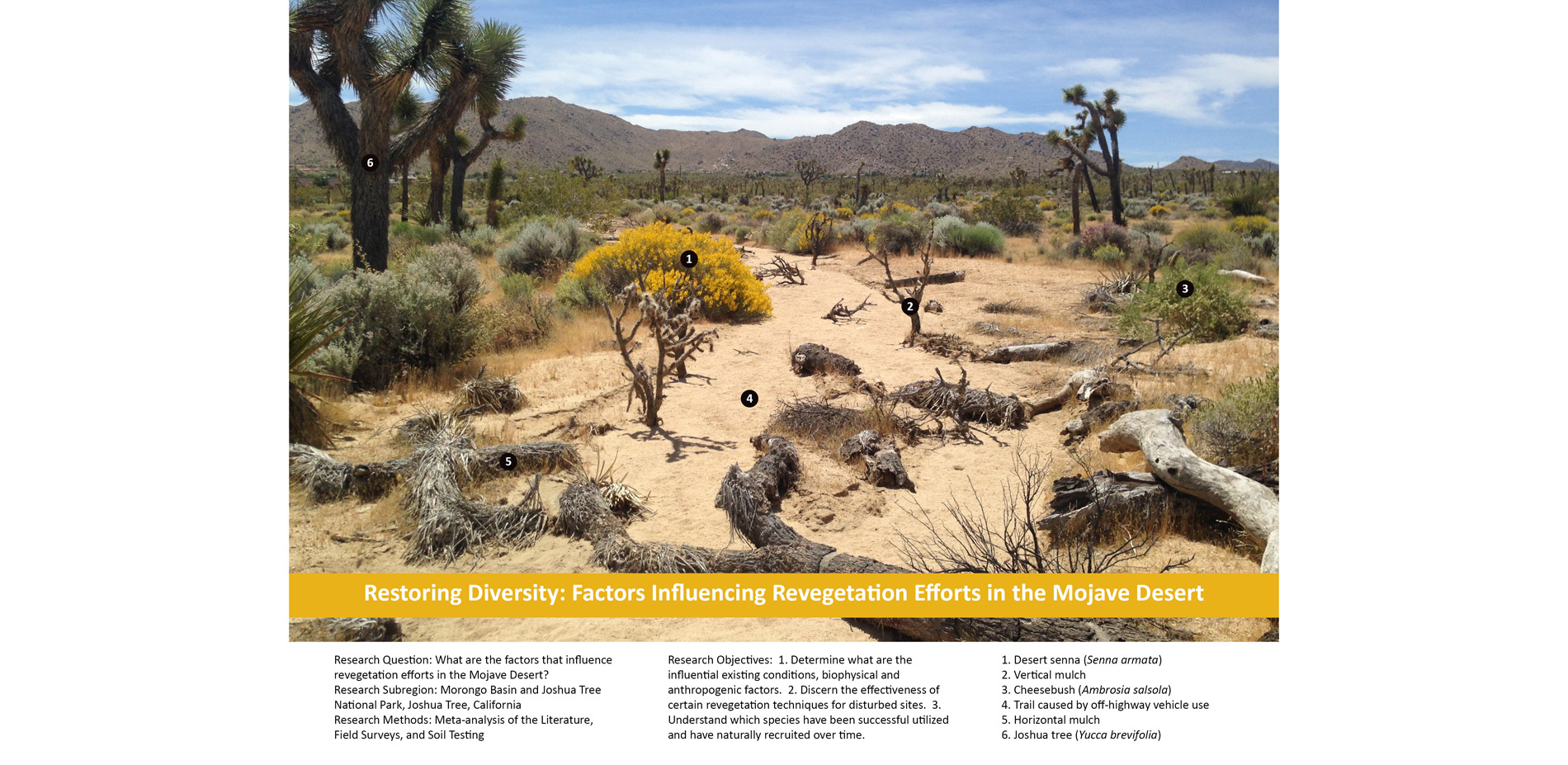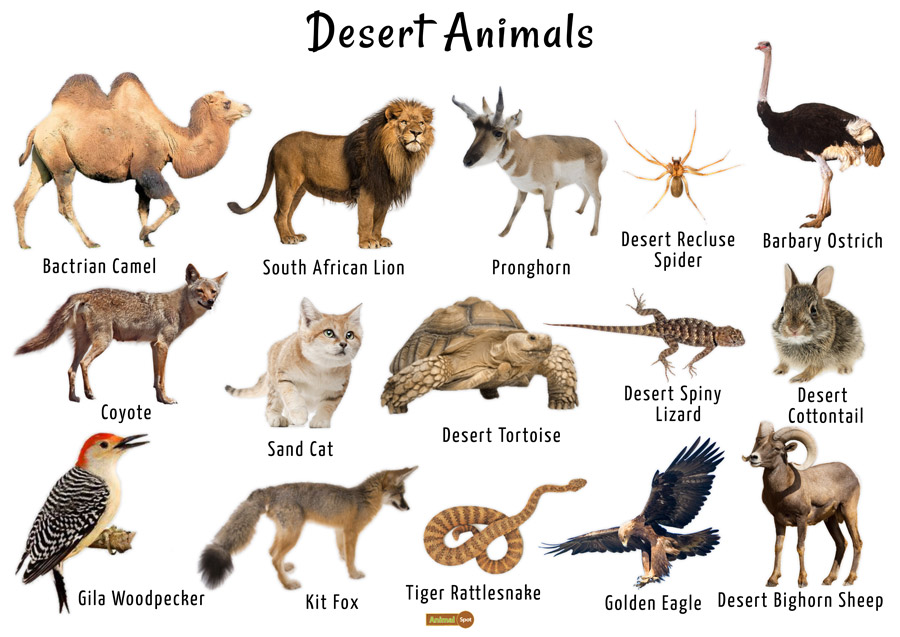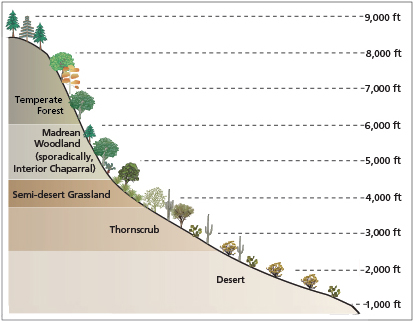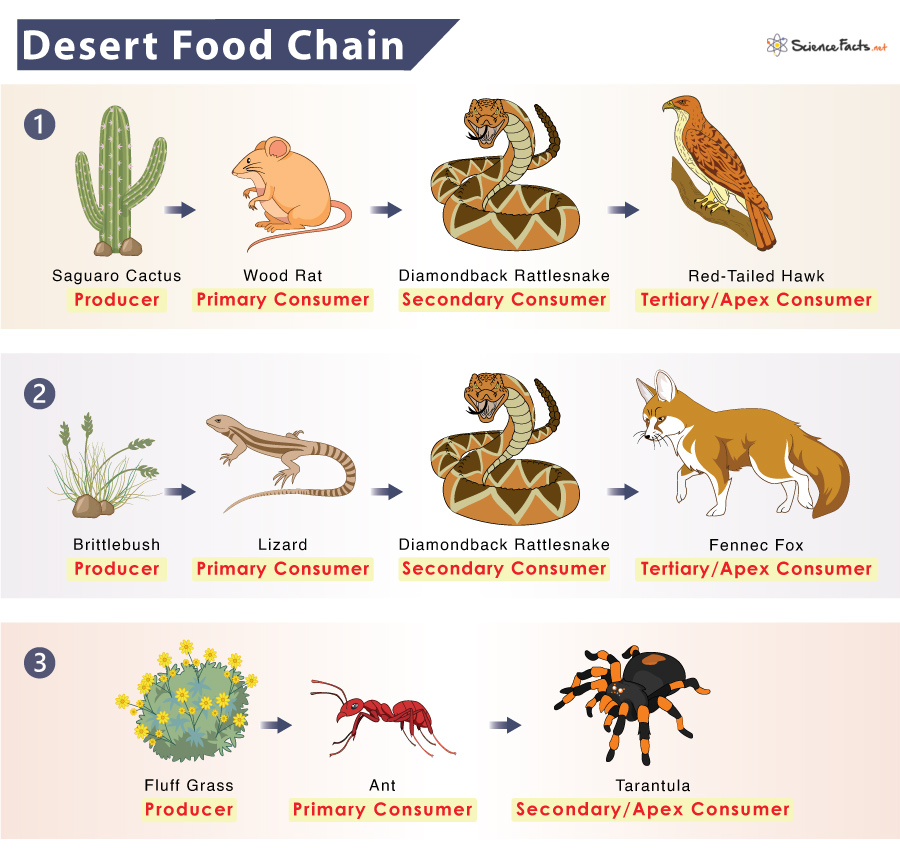Topic ecosystem definition biology: Explore the fascinating world of ecosystems, where biological intricacies create a harmonious network sustaining life on Earth.
Table of Content
- Can you provide a definition of ecosystem in the context of biology?
- Understanding Ecosystems in Biology
- Types of Ecosystems: Terrestrial, Marine, and Aquatic
- Components of Ecosystems: Biotic and Abiotic Factors
- Energy Flow and Nutrient Cycles in Ecosystems
- YOUTUBE: An Introduction to Ecosystems
- Importance of Biodiversity in Ecosystems
- Human Impact on Ecosystems and Conservation Efforts
- Case Studies: Amazon Rainforest and Coral Reefs
Can you provide a definition of ecosystem in the context of biology?
An ecosystem in the context of biology refers to a geographic area where living organisms, including plants, animals, microorganisms, and their surrounding environment, interact with each other and with their physical surroundings. It encompasses both the biotic (living) and abiotic (non-living) components of the environment.
In an ecosystem, the organisms depend on each other for survival and undergo various interactions such as predation, competition, and symbiosis. These interactions help maintain the balance and stability within the ecosystem.
An ecosystem can be categorized into different types based on the habitats in which they occur. The three main types of habitats are:
- Terrestrial ecosystems: These ecosystems are found on land and include a variety of habitats such as forests, grasslands, deserts, and tundra.
- Marine ecosystems: These ecosystems are found in oceans, seas, and other saltwater environments, and include habitats such as coral reefs, estuaries, and open oceans.
- Freshwater ecosystems: These ecosystems are found in bodies of water such as lakes, rivers, and wetlands, and include habitats such as ponds, streams, and swamps.
The components of an ecosystem include:
- Producers: These are the plants or autotrophic organisms that convert sunlight, water, and carbon dioxide into organic matter through the process of photosynthesis.
- Consumers: These are the heterotrophic organisms that obtain energy by consuming other organisms or organic matter. They can be herbivores, carnivores, or omnivores.
- Decomposers: These are the organisms, mainly bacteria and fungi, that break down dead organic matter and recycle nutrients back into the ecosystem.
- Abiotic factors: These are the non-living factors in an ecosystem, such as temperature, rainfall, sunlight, soil composition, and climate, which play a crucial role in shaping the ecosystem.
Understanding ecosystems is essential for studying the interactions between organisms, their environment, and the flow of energy and nutrients within the natural world. It helps us comprehend the delicate balance of life and the importance of conserving and protecting these intricate systems.
READ MORE:
Understanding Ecosystems in Biology
An ecosystem is a dynamic complex of plant, animal, and microorganism communities and the non-living environment, interacting as a functional unit. This fundamental concept in biology highlights the interdependence between organisms and their physical surroundings.
- Components: Ecosystems consist of biotic (living) and abiotic (non-living) components. Biotic components include plants, animals, and microorganisms, while abiotic components encompass elements like water, air, soil, and sunlight.
- Energy Flow: Energy in an ecosystem flows from the sun to producers (plants) through photosynthesis, then to consumers (animals) and decomposers (fungi and bacteria), forming a food chain.
- Nutrient Cycling: Nutrients cycle within ecosystems, moving from the physical environment into living organisms and back again, ensuring the sustainability of life.
- Diversity and Stability: The diversity of species within an ecosystem contributes to its stability and resilience. A rich variety of species can better withstand environmental changes and disturbances.
- Types of Ecosystems: Ecosystems can be as vast as a rainforest or as small as a pond. They are categorized into terrestrial (land-based), aquatic (water-based), and man-made ecosystems.
Understanding ecosystems is crucial for environmental conservation and management, as it helps us appreciate the delicate balance that sustains life on Earth.

Types of Ecosystems: Terrestrial, Marine, and Aquatic
Ecosystems are broadly categorized into terrestrial, marine, and aquatic, each with unique characteristics and life forms. These diverse ecosystems support a vast array of biodiversity and play critical roles in the Earth"s ecological balance.
- Terrestrial Ecosystems: These are land-based ecosystems, which include forests, grasslands, deserts, and tundra. Each type has distinct climates, soil types, and biological communities. Terrestrial ecosystems are pivotal for many terrestrial organisms" life cycles and provide essential resources like food, shelter, and oxygen.
- Marine Ecosystems: Covering over 70% of the Earth"s surface, marine ecosystems include oceans, coral reefs, and sea floors. They are characterized by high salt content and support a diverse range of life, from microscopic plankton to the largest marine mammals. Marine ecosystems are crucial for global climate regulation and provide significant resources for humans.
- Aquatic Ecosystems: Aquatic ecosystems encompass freshwater environments like lakes, rivers, wetlands, and ponds. They are crucial for the survival of many species and provide freshwater resources, support agriculture, maintain hydrological cycles, and offer recreational opportunities.
Understanding the types of ecosystems and their specific characteristics is essential for conservation efforts, ensuring the sustainability of these vital natural resources for future generations.
Components of Ecosystems: Biotic and Abiotic Factors
Ecosystems are intricate systems composed of biotic and abiotic factors that interact in complex ways to sustain life. Understanding these components is essential for grasping the dynamics of natural environments.
- Biotic Factors: These are the living components of an ecosystem, including plants, animals, fungi, and microorganisms. Each organism plays a specific role, contributing to the ecosystem"s overall health and functionality. Biotic factors are involved in processes such as reproduction, predation, competition, and symbiosis.
- Abiotic Factors: These are the non-living components that influence the living organisms within an ecosystem. Abiotic factors include sunlight, temperature, water, atmospheric gases, soil, and minerals. They determine the types of organisms that can survive and thrive in an ecosystem and influence their growth, development, and distribution.
Together, biotic and abiotic factors form a web of life where each component affects and is affected by others, maintaining the balance and health of ecosystems.
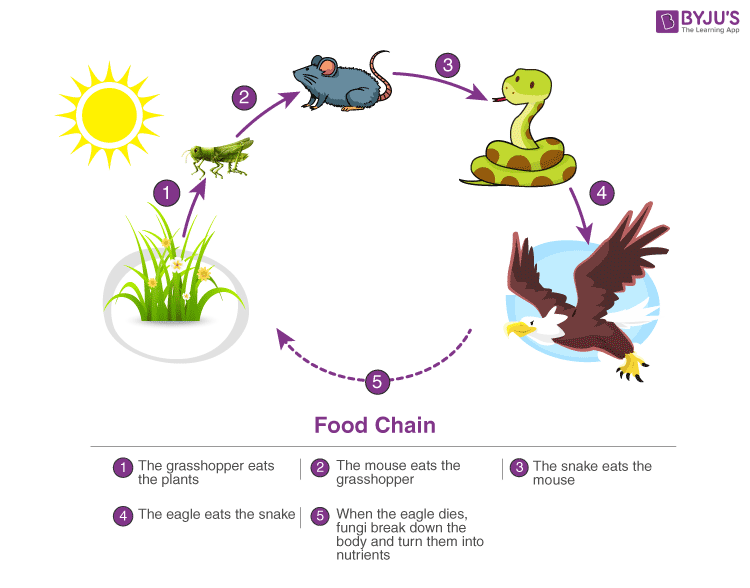
Energy Flow and Nutrient Cycles in Ecosystems
In ecosystems, energy flows through food chains and webs, starting from the sun and moving through producers to consumers and decomposers. Nutrient cycles, such as the carbon, nitrogen, and phosphorus cycles, recycle vital elements through the ecosystem components, ensuring the sustenance of life.
Energy Flow in Ecosystems
The foundation of energy flow in ecosystems is the sun. Solar energy is captured by producers, usually plants and algae, through photosynthesis, converting it into chemical energy stored in organic compounds. This energy then passes through the ecosystem via a series of trophic levels:
- Producers (Autotrophs): Organisms that synthesize their own food from inorganic substances using light or chemical energy.
- Primary Consumers (Herbivores): Animals that consume plants to obtain energy.
- Secondary Consumers (Carnivores and Omnivores): Predators that eat primary consumers, obtaining energy from their prey.
- Tertiary Consumers: Apex predators that are at the top of the food chain, consuming secondary consumers.
- Decomposers and Detritivores: Organisms such as bacteria, fungi, and certain insects that break down dead organic matter, releasing nutrients back into the environment and completing the energy flow.
Energy transfer between trophic levels is inefficient, with approximately 90% of the energy lost as heat at each step, following the Second Law of Thermodynamics.
Nutrient Cycles in Ecosystems
Nutrients essential for life, such as carbon, nitrogen, and phosphorus, move through ecosystems in complex cycles:
- The Carbon Cycle: Carbon is cycled through the atmosphere, terrestrial biosphere, oceans, and soil through processes such as photosynthesis, respiration, decomposition, and fossil fuel combustion.
- The Nitrogen Cycle: Nitrogen transitions between the atmosphere, soil, and living organisms through nitrogen fixation, nitrification, assimilation, ammonification, and denitrification processes.
- The Phosphorus Cycle: Phosphorus moves through the ecosystem via the weathering of rocks, absorption by plants, consumption by animals, and eventual return to the soil through decomposition.
These cycles are crucial for replenishing essential nutrients that support plant growth, animal life, and microbial activities in ecosystems.
In summary, the interplay of energy flow and nutrient cycles in ecosystems underpins the complex web of life, maintaining ecological balance and supporting biodiversity.
An Introduction to Ecosystems
\"Get ready to dive into the world of possibilities with this captivating introduction video! Discover new concepts, perspectives, and ideas that will ignite your curiosity and leave you wanting more. Don\'t miss out on the chance to enhance your knowledge and connect with a whole new world of knowledge.\"
Understanding Ecosystems: Definition and Biotic vs. Abiotic Factors
\"Unlock the power of understanding with this insightful video! Explore complex topics simplified and gain a deeper comprehension of the world around you. Delve into the minds of experts as they unravel mysteries and shed light on fascinating subjects. Expand your horizons and unravel the complexities of life with the aid of this captivating video.\"
Importance of Biodiversity in Ecosystems
Biodiversity, the variety of life in all its forms and interactions, is crucial for the stability, resilience, and productivity of ecosystems. The importance of biodiversity in ecosystems can be understood through several key aspects:
- Ecosystem Services: Biodiverse ecosystems provide a wide range of services essential for human survival and well-being, including air and water purification, soil fertility and formation, pollination of crops and natural vegetation, climate regulation, and disease control.
- Resilience and Stability: High biodiversity enhances the resilience of ecosystems to disturbances and changes, such as extreme weather events, diseases, and human impacts. A variety of species means that some can fill the roles of others that are lost or diminished, maintaining ecosystem functions.
- Genetic Resources: Biodiversity includes genetic variation within species, which is vital for crop and livestock improvement, providing genetic traits necessary for adapting to changing conditions and pests.
- Economic Benefits: Many economic activities, such as agriculture, forestry, fisheries, and tourism, directly depend on biodiversity. Diverse ecosystems contribute to sustainable livelihoods and can lead to the development of new products, such as medicines and biofuels.
- Cultural and Aesthetic Value: Biodiversity enriches cultures and provides recreational, spiritual, and aesthetic values. Natural landscapes and wildlife are central to many cultural identities and contribute to mental and physical well-being.
In addition to these benefits, biodiversity is intrinsic to ecological processes and life-support systems. It contributes to the cycling of nutrients, the regulation of the climate, and the purification of air and water. The diversity of organisms plays a critical role in the pollination of plants, decomposition of organic matter, and control of pests and diseases.
Protecting biodiversity is thus not only about preserving the natural heritage but also about ensuring the sustainability and resilience of ecosystems on which humans and all other life forms depend. The loss of biodiversity threatens the integrity of ecosystems and the services they provide, emphasizing the need for conservation and sustainable management practices.

Human Impact on Ecosystems and Conservation Efforts
Human activities have profound impacts on ecosystems worldwide, leading to biodiversity loss, habitat destruction, and altered ecosystem functions. However, through concerted conservation efforts, we can mitigate these impacts and work towards sustainable coexistence with nature.
Human Impact on Ecosystems
Some of the major ways humans impact ecosystems include:
- Habitat Destruction: Deforestation, urban expansion, agriculture, and mining disrupt habitats, leading to species displacement and loss.
- Pollution: Air, water, and soil pollution from industrial activities, agricultural chemicals, and waste disposal harm organisms and degrade natural environments.
- Climate Change: Emissions of greenhouse gases from human activities contribute to climate change, affecting ecosystems through altered temperatures, precipitation patterns, and sea levels.
- Overexploitation: Overfishing, hunting, and harvesting at unsustainable rates deplete species and disrupt ecological balances.
- Invasive Species: The introduction of non-native species can outcompete, prey upon, or bring diseases to native species, disrupting ecological networks.
Conservation Efforts
To address the impacts of human activities, various conservation efforts are being implemented globally:
- Protected Areas: Establishing national parks, reserves, and marine protected areas to conserve critical habitats and provide refuge for species.
- Legislation and Policies: Enacting and enforcing laws and regulations to protect endangered species, regulate hunting and fishing, control pollution, and manage land use sustainably.
- Restoration Projects: Rehabilitating degraded habitats, reforesting cleared lands, and restoring wetlands and rivers to improve ecosystem health and resilience.
- Community Engagement: Involving local communities in conservation initiatives, recognizing their knowledge and stake in the natural environment, and promoting sustainable practices.
- International Agreements: Participating in global treaties and collaborations, such as the Convention on Biological Diversity, to address transboundary environmental issues and promote biodiversity conservation.
Conservation efforts aim not only to protect and restore ecosystems but also to promote sustainable development that meets the needs of the present without compromising the ability of future generations to meet their own needs. By understanding the impacts of our actions and making informed choices, we can contribute to the health and sustainability of ecosystems worldwide.
READ MORE:
Case Studies: Amazon Rainforest and Coral Reefs
The Amazon Rainforest and Coral Reefs are two of the most vital and vibrant ecosystems on our planet, each playing unique roles in global ecological processes and biodiversity conservation. These case studies illustrate the significance of these ecosystems, the threats they face, and the efforts being made to protect them.
Amazon Rainforest
The Amazon Rainforest, often referred to as the "lungs of the Earth," is the largest tropical rainforest in the world, covering much of northwestern Brazil and extending into other South American countries. It is known for its immense biodiversity, containing:
- One in ten known species on Earth.
- Over 40,000 plant species.
- Approximately 2,500 tree species.
- Thousands of bird and mammal species.
However, the Amazon faces significant threats from deforestation due to logging, agriculture, and cattle ranching, leading to habitat loss and fragmentation. Conservation efforts in the Amazon include:
- Protected areas and indigenous reserves.
- Sustainable land-use practices.
- Reforestation and restoration projects.
- International cooperation and funding.
Coral Reefs
Coral Reefs, often described as the "rainforests of the sea," are some of the most diverse and productive ecosystems on Earth. They provide critical habitats for millions of marine species, including:
- Fish, mollusks, and echinoderms.
- Coral and algae species that form the reef structure.
- Marine mammals and birds that rely on reefs for food and nesting grounds.
Coral reefs are facing unprecedented threats from climate change, overfishing, pollution, and destructive fishing practices. Coral bleaching, a stress response caused by rising sea temperatures, is a significant concern. Conservation efforts for coral reefs include:
- Marine protected areas to safeguard critical habitats.
- Regulations on fishing practices and pollution control.
- Research and monitoring to understand reef health and threats.
- Restoration projects to rehabilitate damaged reefs.
Both the Amazon Rainforest and Coral Reefs are essential for maintaining ecological balance, supporting rich biodiversity, and providing valuable resources and services to humans. Protecting these ecosystems requires global cooperation, sustainable management practices, and a commitment to reducing human impacts.


